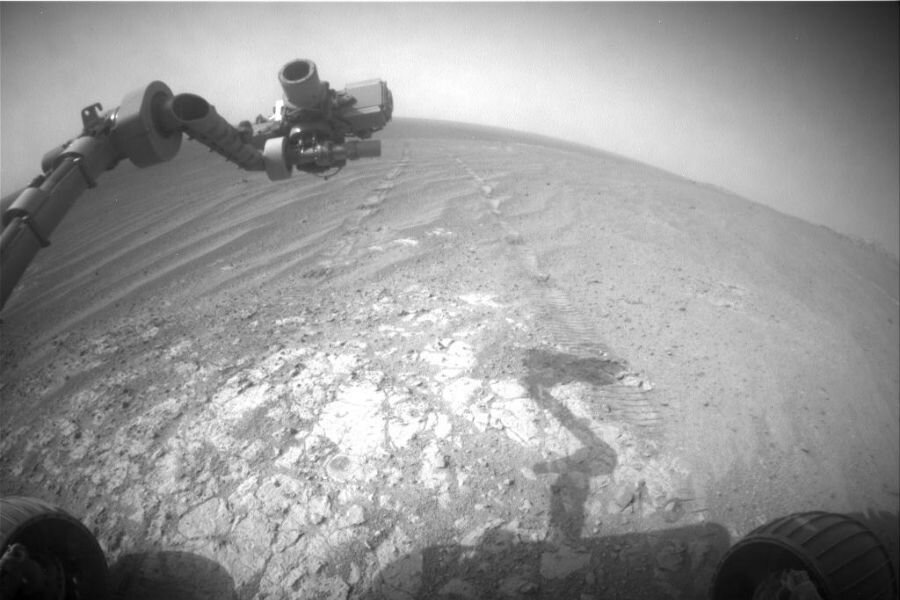NASA developing cure for Mars rover 'amnesia'
NASA scientists are preparing to hack into the Mars Exploration rover Opportunity’s software in hopes of curing a troubling case of amnesia.
Opportunity started experiencing memory problems after software engineers reformatted the robot’s flash memory in early December. It’s a problem many smart phone and home computer users have likely experienced after downloading a new operating system, only to find that something has gone kerflooey with existing applications.
Opportunity already has far exceeded NASA’s original expectations, but with a price of roughly $400 million, the space agency is keen to keep the rover going as long as possible. As NASA budgets have dwindled in recent years, agency engineers have focused efforts on repairing equipment and extending missions rather than putting costly projects out to pasture.
The Kepler spacecraft got a new lease on life earlier this year after suffering a seemingly catastrophic malfunction in 2013. NASA astronomers and engineers managed to resurrect the craft by harnessing pressure from sunlight to control the spacecraft following a reaction wheel failure. The newly-dubbed K2 mission has already discovered a new Earth-like planet.
Astronauts have serviced and enhanced the capabilities of the Hubble Space Telescope five times since its initial launch in 1990. Likewise, the Cassini Orbiter’s mission has been extended three times since it first launch into the Saturn System in 2008. The space agency’s Chandra X-ray Observatory, Fermi Gamma-ray Space Telescope, and the Lunar Atmosphere and Dust Environment Explorer (LADEE) all have had their lifespans successfully extended.
Opportunity's memory troubles have not affected normal operations of gathering scientific observational data and, well, roving the Red Planet. However, without the flash memory, the rover cannot retain information overnight during “sleep mode.” Instead, the rover has had to upload all data from its random-access memory, or RAM, to NASA’s Mars Odyssey satellite before powering down for the day.
That solution works fine, as long as Odyssey is in range to receive the data and relay it back to Earth. But Odyssey isn’t just hanging out in the Martian atmosphere hovering above the rover. The satellite is in constant motion orbiting around the planet. If Odyssey is out of range when the rover needs to power down, then the data is lost.
In recent weeks, the problem has become even more complicated. The rover is continually attempting to back up to the faulty flash memory, and when it is repeatedly unsuccessful, the software reboots, NASA project manager John Callas explained in an interview with Discovery News. In some instances, the malfunction has resulted in total loss of communication with the rover.
Software engineers at the NASA’s Jet Propulsion Laboratory in Pasadena, Calif., think they have come up with a workaround, but it will probably take several weeks to implement. It seems the problem is really centered on just one of the rover’s seven flash memory banks. Engineers are attempting to hack into the system and instruct the software to bypass the troublesome memory bank entirely, Callas said.
Opportunity first landed on Mars in January 2004 along with its rover-twin Spirit. The 384-pound rovers were originally expected to spend just three months on the Red Planet, but kept chugging on for years. Spirit prowled the surface of the Red Planet for six years before its communication system petered out in 2010.
Opportunity, however, is still trudging along and beaming valuable data back to Earth after more than a decade. In July, the rover set a space-exploration record for the longest distance traveled off-Earth, as its odometer ticked past the 25-mile mark – no small feat considering that the vehicle was never intended to drive more than a mile.






